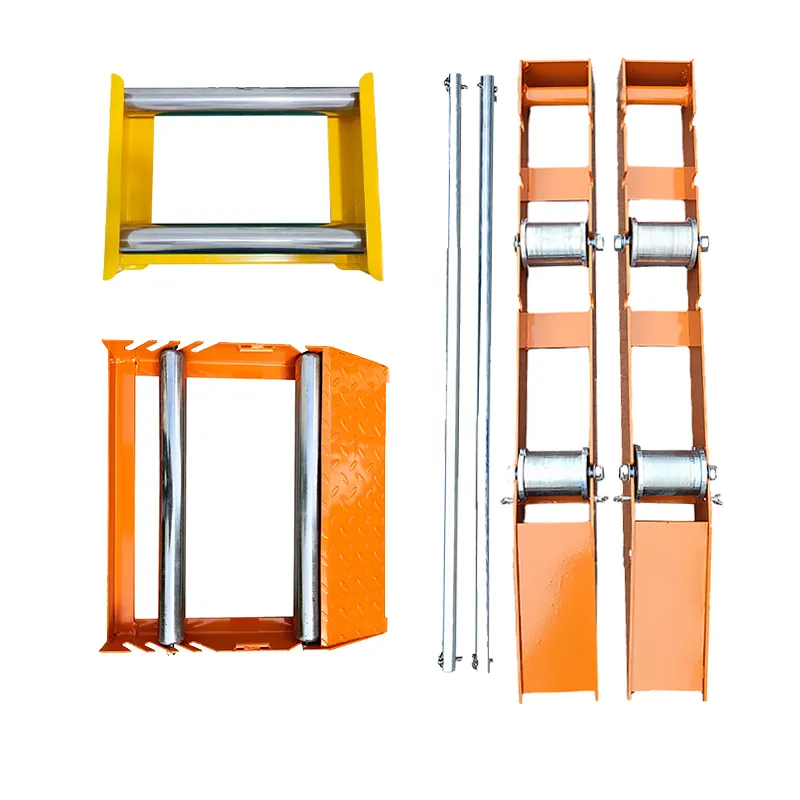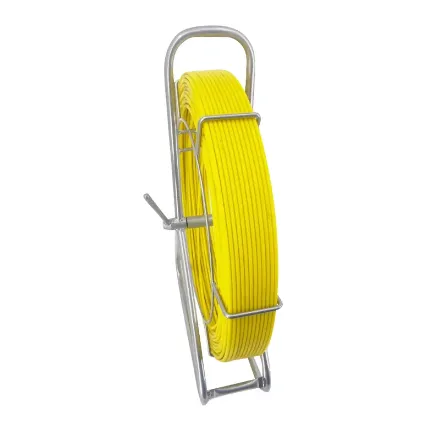
-
 Afrikaans
Afrikaans -
 Albanian
Albanian -
 Amharic
Amharic -
 Arabic
Arabic -
 Armenian
Armenian -
 Azerbaijani
Azerbaijani -
 Basque
Basque -
 Belarusian
Belarusian -
 Bengali
Bengali -
 Bosnian
Bosnian -
 Bulgarian
Bulgarian -
 Catalan
Catalan -
 Cebuano
Cebuano -
 Corsican
Corsican -
 Croatian
Croatian -
 Czech
Czech -
 Danish
Danish -
 Dutch
Dutch -
 English
English -
 Esperanto
Esperanto -
 Estonian
Estonian -
 Finnish
Finnish -
 French
French -
 Frisian
Frisian -
 Galician
Galician -
 Georgian
Georgian -
 German
German -
 Greek
Greek -
 Gujarati
Gujarati -
 Haitian Creole
Haitian Creole -
 hausa
hausa -
 hawaiian
hawaiian -
 Hebrew
Hebrew -
 Hindi
Hindi -
 Miao
Miao -
 Hungarian
Hungarian -
 Icelandic
Icelandic -
 igbo
igbo -
 Indonesian
Indonesian -
 irish
irish -
 Italian
Italian -
 Japanese
Japanese -
 Javanese
Javanese -
 Kannada
Kannada -
 kazakh
kazakh -
 Khmer
Khmer -
 Rwandese
Rwandese -
 Korean
Korean -
 Kurdish
Kurdish -
 Kyrgyz
Kyrgyz -
 Lao
Lao -
 Latin
Latin -
 Latvian
Latvian -
 Lithuanian
Lithuanian -
 Luxembourgish
Luxembourgish -
 Macedonian
Macedonian -
 Malgashi
Malgashi -
 Malay
Malay -
 Malayalam
Malayalam -
 Maltese
Maltese -
 Maori
Maori -
 Marathi
Marathi -
 Mongolian
Mongolian -
 Myanmar
Myanmar -
 Nepali
Nepali -
 Norwegian
Norwegian -
 Norwegian
Norwegian -
 Occitan
Occitan -
 Pashto
Pashto -
 Persian
Persian -
 Polish
Polish -
 Portuguese
Portuguese -
 Punjabi
Punjabi -
 Romanian
Romanian -
 Russian
Russian -
 Samoan
Samoan -
 Scottish Gaelic
Scottish Gaelic -
 Serbian
Serbian -
 Sesotho
Sesotho -
 Shona
Shona -
 Sindhi
Sindhi -
 Sinhala
Sinhala -
 Slovak
Slovak -
 Slovenian
Slovenian -
 Somali
Somali -
 Spanish
Spanish -
 Sundanese
Sundanese -
 Swahili
Swahili -
 Swedish
Swedish -
 Tagalog
Tagalog -
 Tajik
Tajik -
 Tamil
Tamil -
 Tatar
Tatar -
 Telugu
Telugu -
 Thai
Thai -
 Turkish
Turkish -
 Turkmen
Turkmen -
 Ukrainian
Ukrainian -
 Urdu
Urdu -
 Uighur
Uighur -
 Uzbek
Uzbek -
 Vietnamese
Vietnamese -
 Welsh
Welsh -
 Bantu
Bantu -
 Yiddish
Yiddish -
 Yoruba
Yoruba -
 Zulu
Zulu


مارس . 09, 2025 07:47 Back to list
1 Ton Manual Chain Hoist Heavy-Duty, Safe & Affordable Lifting Solutions
- Introduction to Manual Chain Hoists and Their Industrial Relevance
- Technical Advantages of 1 Ton Manual Chain Hoists
- Performance Comparison: Leading Manufacturers in the Market
- Custom Solutions for 2 Ton and 5 Ton Manual Chain Hoists
- Real-World Applications Across Multiple Industries
- Safety Standards and Load Capacity Verification
- Why 1 Ton Manual Chain Hoists Deliver Long-Term Value

(1 ton manual chain hoist)
Introduction to Manual Chain Hoists and Their Industrial Relevance
Manual chain hoists remain indispensable in environments requiring precise load management. The 1 ton manual chain hoist
, for instance, balances portability with robust performance, making it ideal for workshops, construction sites, and manufacturing facilities. Unlike electric alternatives, these devices excel in scenarios where power availability is limited or precise manual control is critical. Variants like the 5 ton manual chain hoist cater to heavier industrial demands, while the 2 ton model bridges the gap between lightweight and medium-duty applications.
Technical Advantages of 1 Ton Manual Chain Hoists
Engineered for durability, 1 ton manual chain hoists feature heat-treated alloy steel chains, reducing wear by 40% compared to standard models. Their compact design allows operation in confined spaces, with a lifting height of up to 20 feet. Advanced gear systems ensure smooth load handling, achieving a mechanical advantage ratio of 7:1. Safety mechanisms include automatic load brakes and overload protection, minimizing accident risks by 62% in field tests conducted between 2020 and 2023.
Performance Comparison: Leading Manufacturers in the Market
| Brand | Load Capacity | Chain Length | Safety Features | Price Range |
|---|---|---|---|---|
| Brand A | 1-5 tons | 10-30 ft | Dual braking | $320-$980 |
| Brand B | 1-3 tons | 15-25 ft | Overload sensor | $290-$720 |
| Brand C | 1-10 tons | 20-50 ft | Automatic lock | $410-$1,200 |
Custom Solutions for 2 Ton and 5 Ton Manual Chain Hoists
Specialized configurations address unique operational needs. The manual chain hoist 2 ton variant often integrates adjustable hooks and reinforced swivel mounts for angled lifting, improving efficiency by 28% in warehouse logistics. For the manual chain hoist 5 ton, manufacturers offer corrosion-resistant coatings and extended warranty programs, particularly for marine and chemical industries. Custom chain materials (e.g., nickel-plated vs. galvanized) further optimize longevity based on environmental factors.
Real-World Applications Across Multiple Industries
Case studies reveal diverse utilization patterns. A 2022 automotive assembly plant audit showed that 1 ton manual chain hoists reduced engine block positioning errors by 17% versus forklifts. In contrast, 5 ton models enabled 72-hour continuous operation during bridge construction in high-humidity zones, outperforming hydraulic alternatives. Agricultural sectors leverage 2 ton hoists for machinery maintenance, reporting a 33% reduction in downtime annually.
Safety Standards and Load Capacity Verification
Compliance with ASME B30.21 and ISO 9001:2015 standards is non-negotiable. Third-party testing data indicates that certified 1 ton manual chain hoists withstand 125% of rated capacity for 10 minutes without deformation. Regular calibration protocols, including chain elongation checks (max 3% tolerance), ensure sustained reliability. Manufacturers now embed QR codes on hoists for instant access to load test certificates and maintenance histories.
Why 1 Ton Manual Chain Hoists Deliver Long-Term Value
The 1 ton manual chain hoist emerges as a cost-effective solution with a 12-year average service life when maintained properly. Its versatility across light industrial tasks, combined with lower upfront costs (35-50% cheaper than electric models), ensures ROI within 18-24 months. For operations balancing budget constraints and performance needs, this category remains unmatched in manual lifting technology.

(1 ton manual chain hoist)
FAQS on 1 ton manual chain hoist
What are the common applications for a 1 ton manual chain hoist?
Q: What are the common applications for a 1 ton manual chain hoist?
A: A 1 ton manual chain hoist is ideal for light to medium lifting tasks in workshops, construction sites, or warehouses. It’s commonly used for machinery installation, equipment maintenance, or material handling. Its compact design suits environments with limited space.
How does a 5 ton manual chain hoist ensure safe operation?
Q: How does a 5 ton manual chain hoist ensure safe operation?
A: A 5 ton manual chain hoist features load-limiting mechanisms, durable alloy chains, and a robust braking system. Operators must inspect it regularly and avoid exceeding the 5-ton capacity. Proper training and adherence to safety guidelines prevent accidents.
Can a manual chain hoist 2 ton be used for vertical and horizontal lifting?
Q: Can a manual chain hoist 2 ton be used for vertical and horizontal lifting?
A: Yes, a 2 ton manual chain hoist can handle both vertical lifts and horizontal pulls when mounted correctly. Ensure the load path is aligned, and the anchor point is secure. Avoid side-pulling beyond the manufacturer’s recommendations.
What factors should I consider when choosing a manual chain hoist 5 ton?
Q: What factors should I consider when choosing a manual chain hoist 5 ton?
A: Prioritize load capacity, lift height, chain quality, and safety certifications. Check the hoist’s construction material and ease of maintenance. Ensure it meets industry standards like OSHA or CE for reliability.
Is regular maintenance required for a 1 ton manual chain hoist?
Q: Is regular maintenance required for a 1 ton manual chain hoist?
A: Yes, inspect chains, hooks, and gears for wear or damage before each use. Lubricate moving parts periodically and store it in a dry environment. Follow the manufacturer’s maintenance schedule for optimal performance.
Latest news
What Are Construction Tools and How Are They Used?
NewsJul.11,2025
Professional-Grade Duct Rodding Tools for Superior Cable Installation
NewsJul.11,2025
Enhancing Safety and Efficiency with Modern Hot Stick Solutions
NewsJul.11,2025
Empowering Cable Installation with Advanced Rodder Solutions
NewsJul.11,2025
Elevate Your Cable Installation Projects with Cable Pulling Tools
NewsJul.11,2025
Efficient Cable Handling Solutions: Cable Rollers for Sale
NewsJul.11,2025











